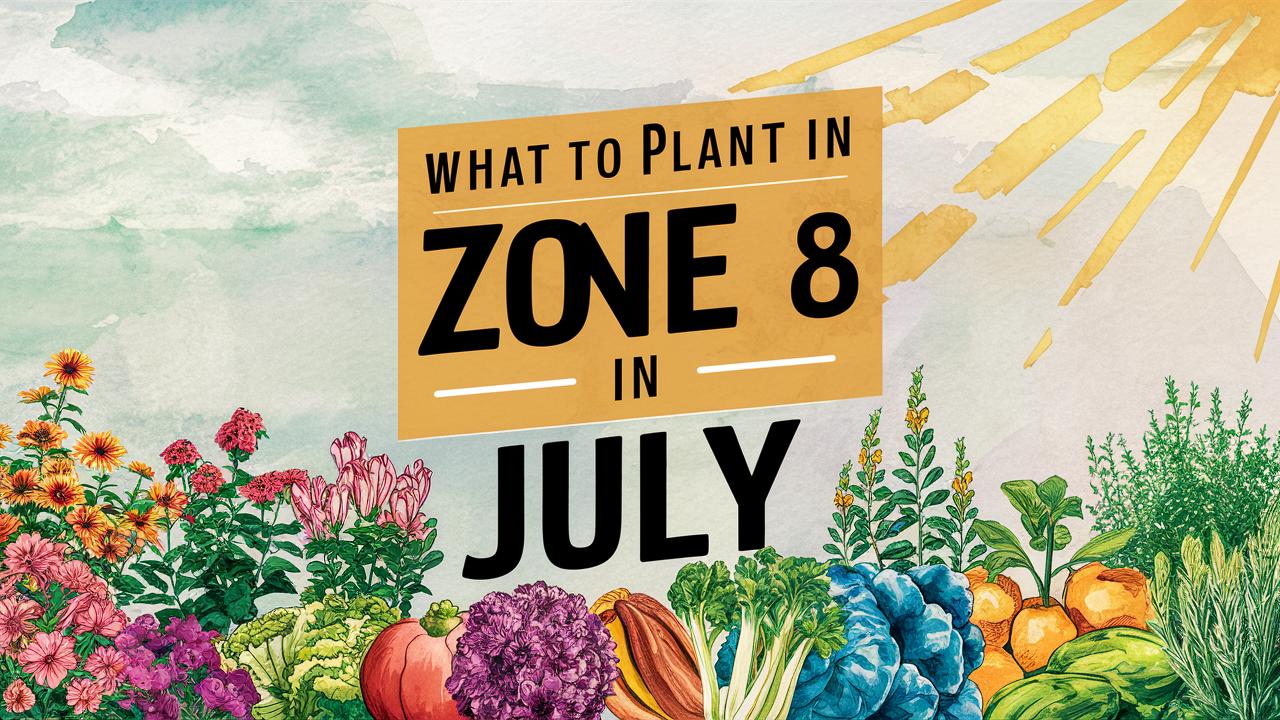In this comprehensive guide, we’ll explore what to plant in Zone 8b during July, ensuring you can maximize your garden’s potential even in the heat of summer.
Vegetables To Plant
July is a favorable time for continuing your vegetable garden. With the right choices, you can enjoy a bountiful harvest well into the fall.
Okra
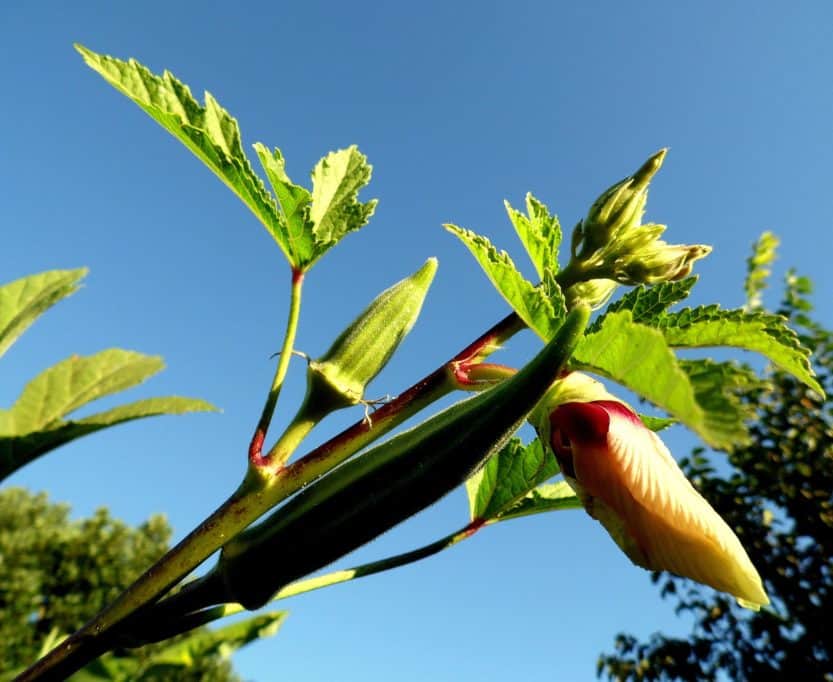
Okra is a heat-loving vegetable that thrives in the warm temperatures typical of July in Zone 8b. It prefers full sun and well-drained soil. This plant is moderately drought-tolerant, making it an excellent choice for summer planting. Sow seeds directly in the garden at a depth of ½-1 inch. Okra can be harvested from late summer through early fall, with its tender pods being especially delicious when picked young.
Southern Peas
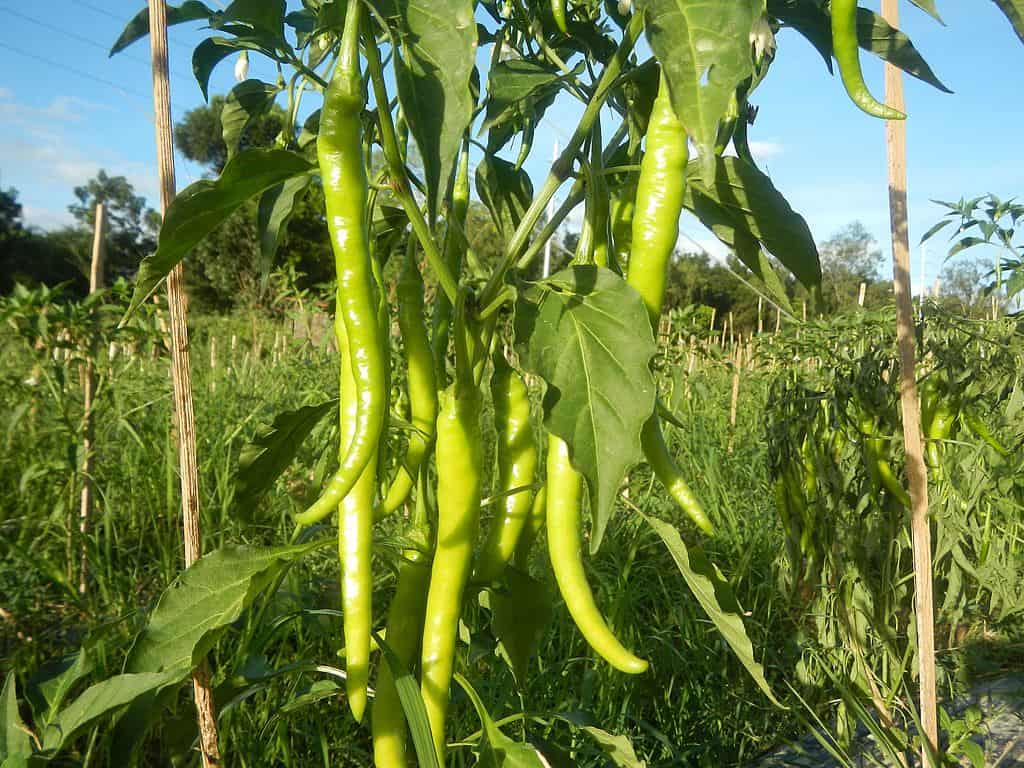
Southern peas (also known as cowpeas or black-eyed peas) are another warm-season crop perfect for July planting. These legumes are highly adaptable and can tolerate moderate drought, making them ideal for the hot months. Plant seeds 1 inch deep and about 3 inches apart, spacing rows 2-3 feet apart. They will thrive under stress, and their edible pods and nutritious seeds provide excellent food value.
Sweet Potatoes
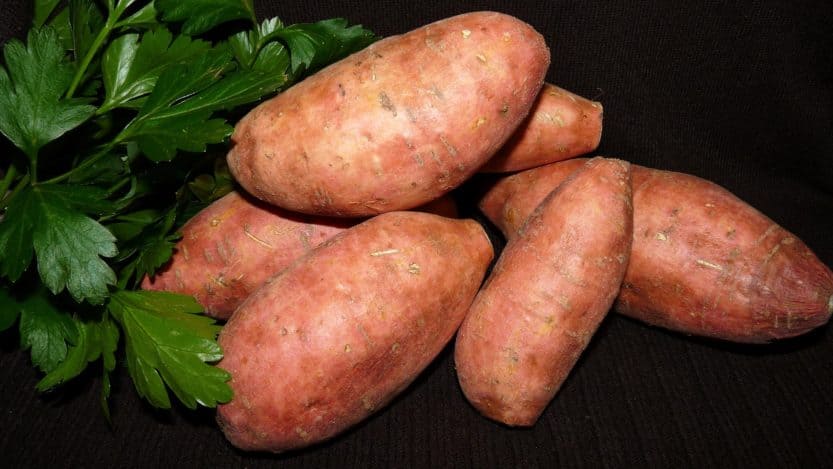
Sweet potatoes are a tropical root vegetable that flourishes in Zone 8b. In July, you can plant certified “slips” (root sprouts) in well-drained, loose soil enriched with organic matter. They thrive in heat and should be spaced 12-18 inches apart. With a growing season of about 90-120 days, you can expect to start harvesting around late summer to early fall.
Green Beans
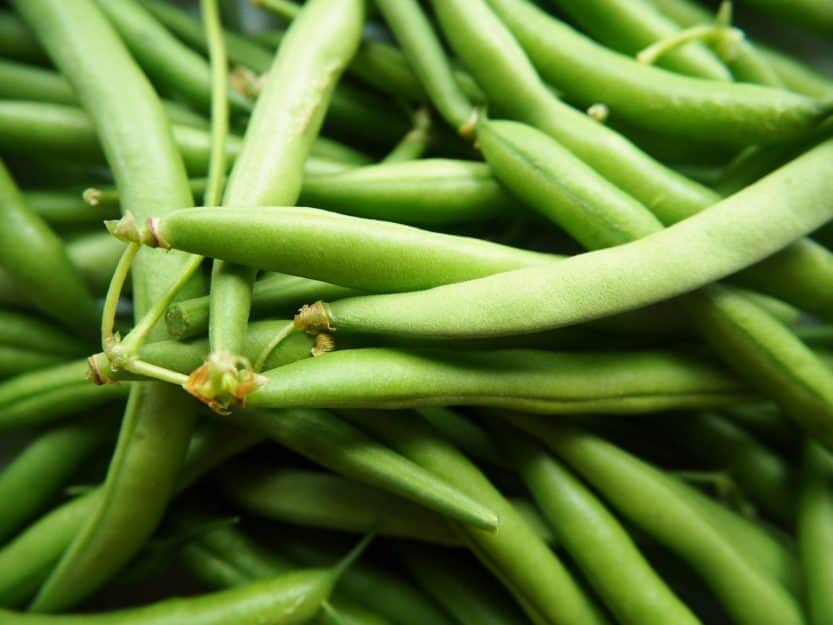
July is a fine time to plant green beans in Zone 8b. These fast-growing plants can be sown directly into the garden, as they prefer warm soil. Bush varieties can be spaced about 3 inches apart, while pole varieties should be planted with a trellis for support. Green beans are quick to mature, usually within 50-70 days, making them perfect for a summer harvest.
Cucumbers
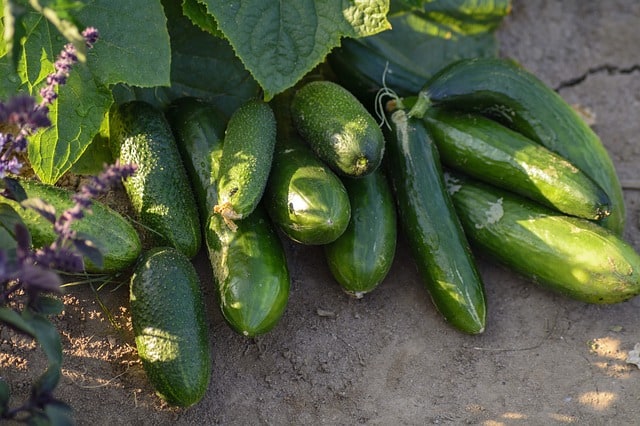
Cucumbers thrive in warm weather, and planting them in July in Zone 8b can yield a late crop. Choose varieties suited for your space, as bush cucumbers require less area than vining types. Plant seeds 1 inch deep and 36-42 inches apart. Ensure they have plenty of sunlight and adequate watering for maximum yield, with harvest available within 50-70 days.
Summer Squash
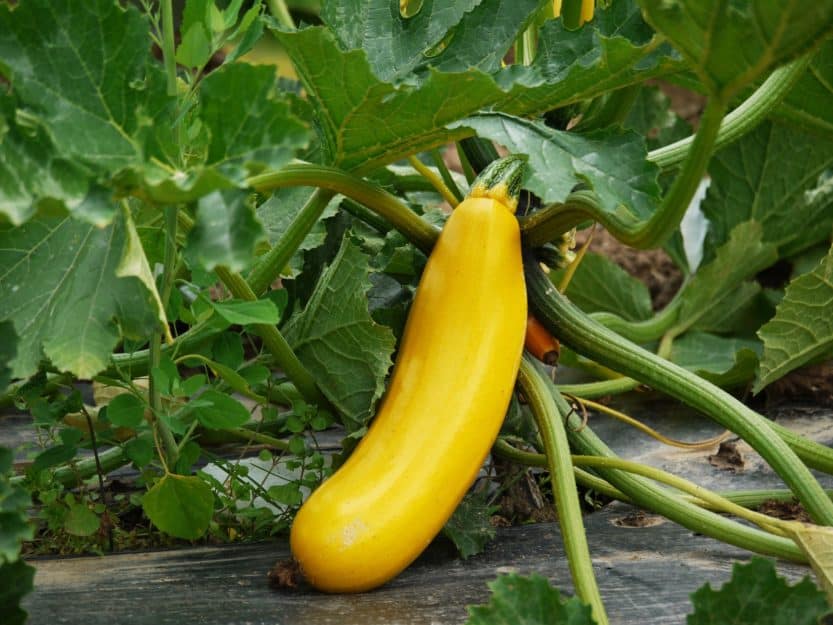
Summer squash like zucchini is an excellent choice for July planting, thriving under the warm sun. Sow seeds directly in the garden, either in mounds or rows, 1 inch deep and about 24 inches apart. Zucchini can be ready to harvest within 45-60 days, providing a consistent summer harvest if you keep picking the fruits regularly.
Radishes
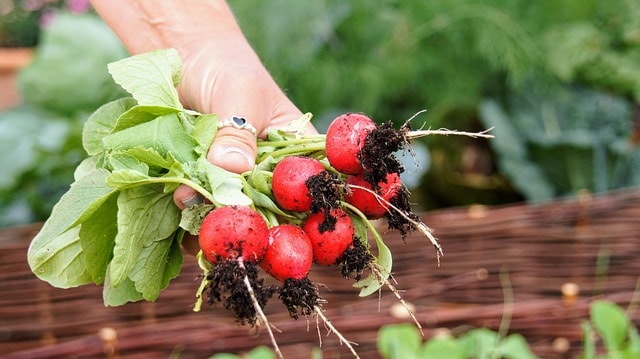
Radishes are a fast-growing crop that can be planted in July for a quick harvest. They don’t mind the warm weather as long as they receive adequate water. These seeds should be sown ½ inch deep and spaced about 1 inch apart. Most varieties mature within 25-30 days, giving you the chance to enjoy fresh, crispy radishes before the summer wanes.
Fall Broccoli

While traditional broccoli is usually planted in spring, for a fall harvest, July is the perfect time to plant transplants of fall broccoli varieties. It’s essential to choose heat-resistant types, as temperatures in July can peak. Space them about 12-18 inches apart in well-drained soil. With proper care, you can harvest broccoli in the cool months of autumn.
Beets

Beets can also handle the heat and are suitable for planting in July. Sow seeds directly in the garden ½ to 1 inch deep, with spacing around 2-4 inches apart. They have a relatively quick growing season of about 50-70 days. Beets are versatile, as they can be harvested young for tender greens or left to mature into larger beets.
Carrots
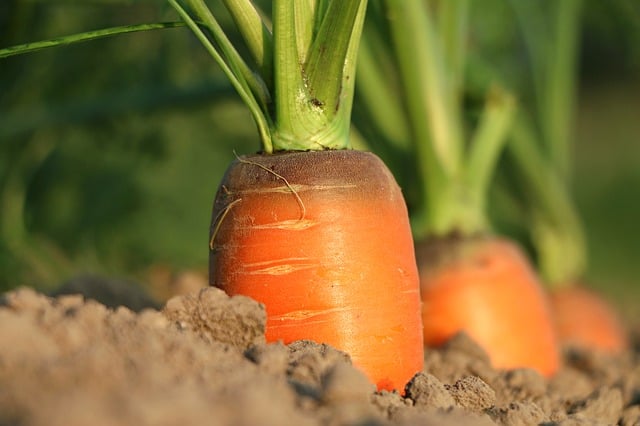
Planting carrots in July can yield juicy roots by fall. Choose varieties that are suited for late summer planting and sow seeds ¼ inch deep, spaced 2-3 inches apart. They prefer loose, sandy soil without rocks that could hinder root development. Typically, you can expect to harvest carrots in about 70-80 days, enjoying their sweet flavor even after the temperature cools.
Flowers To Plant
Adding color and aesthetics to your garden can be achieved by selecting the right flowers to plant in July. Here are ten excellent options for Zone 8b that can add charm and vibrancy to your landscape.
Zinnias

Zinnias are a must-have for summer gardens. These hardy annuals love the heat and bloom profusely throughout the summer. Directly sow seeds 1 inch deep in well-drained soil. They thrive in full sun and will continue to produce flowers until the first frost, providing a wonderful display and attracting pollinators.
Sunflowers

Sunflowers are one of the most cheerful additions you can make to your garden. Plant seeds directly in the ground 1-2 inches deep and about 6 inches apart in full sunlight. Varieties range from dwarf to towering giants, with most maturing in about 70-100 days. They not only brighten the landscape but also offer seeds and nectar for birds and bees.
Marigolds
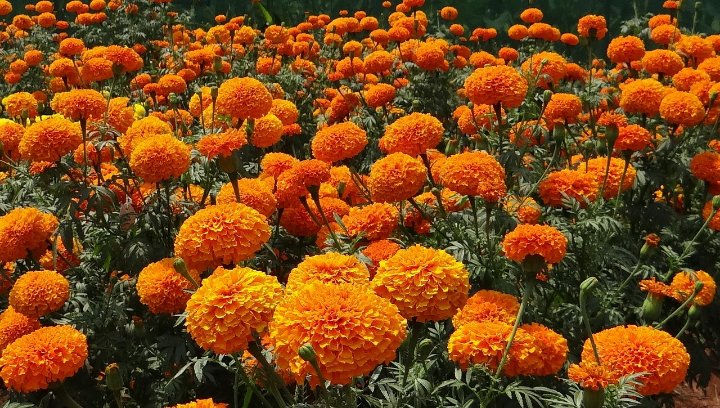
Marigolds are resilient annuals that tolerate heat, making them ideal for July planting. Sow seeds directly into garden beds or containers at a depth of ¼ inch and space them 8-12 inches apart. Marigolds not only add bursts of color to your garden but also possess pest-repellent properties, potentially protecting nearby vegetables.
Cosmos

Cosmos flowers are known for their long-lasting bloom and ability to tolerate heat and drought. They can be directly sown in the garden at a depth of ¼-½ inch. Plant them about 12 inches apart in full sunlight. Cosmos produce lovely, daisy-like blooms in various colors, attracting butterflies and enhancing the beauty of your garden.
Periwinkle (Vinca)
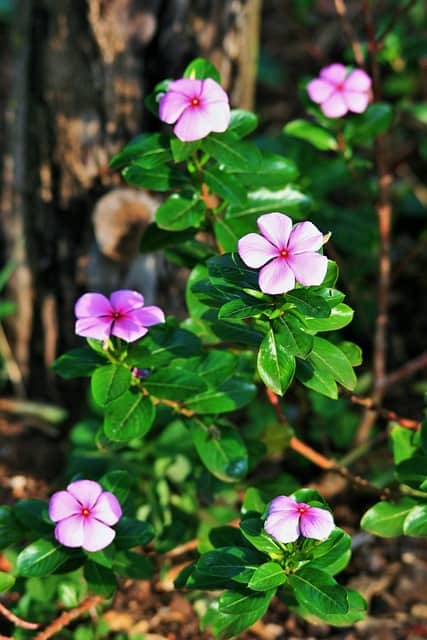
Vincas are hardy annuals that handle heat and humidity exceptionally well in Zone 8b. Plant these flowering plants in August to September in well-drained soil, as they thrive in full sun. You’ll be rewarded with vibrant flowers that last through late summer and into fall, providing ongoing color in your landscape.
Lantana
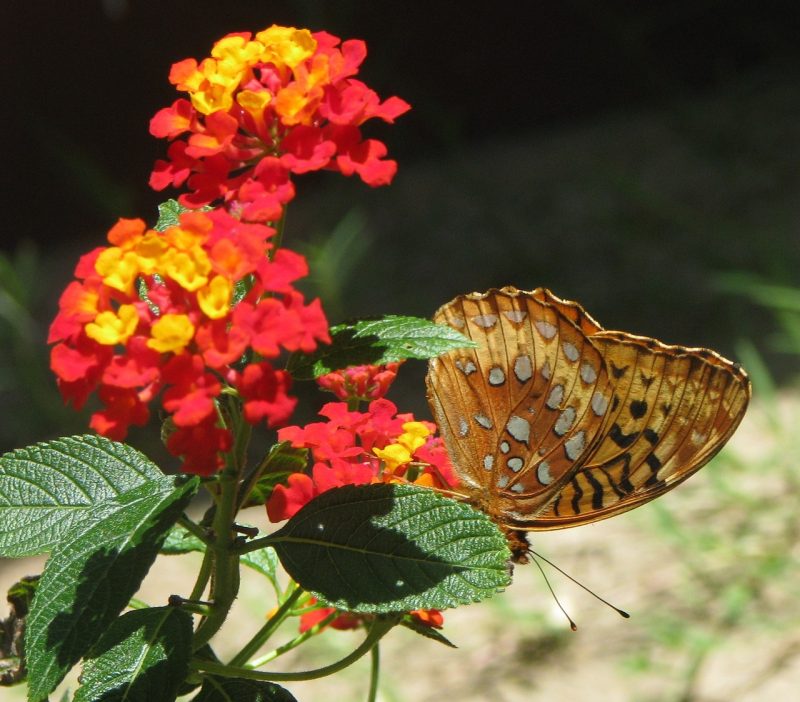
Lantana is a perennial plant that thrives in warm, sunny environments. In July, you can plant small starter plants or transplant established ones. Lantana flowers are rich in nectar, making them a favorite among pollinators. They require well-drained soil and can withstand periods of drought even in the heat of summer.
Salvia
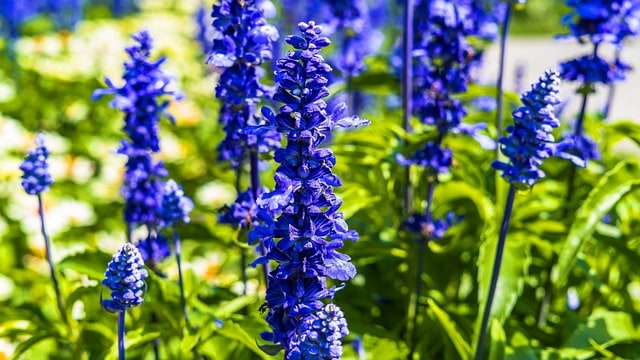
Salvia, particularly those belonging to the ‘Annual Salvia’ category, can be sown in July. These fragrant flowers not only attract pollinators but are also drought tolerant. Sow seeds ¼ inch deep in full sunlight, spacing them 12 inches apart. They will flourish in the summer, providing striking spikes of color.
Black-Eyed Susan
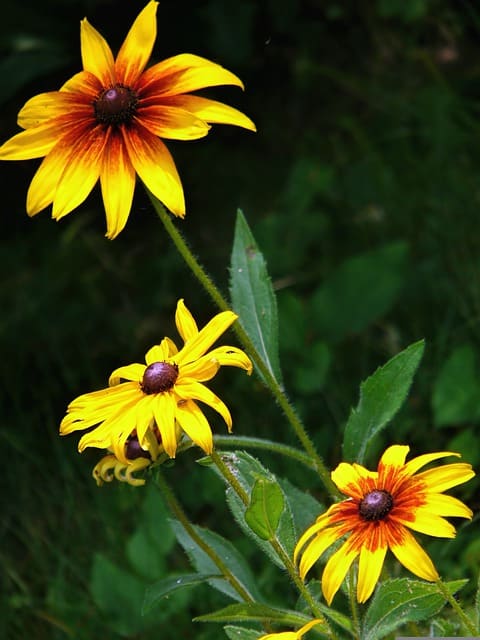
Rudbeckia hirta, or Black-eyed Susan, is a biennial that can be seeded in July for blooms in late summer and fall. Plant in well-drained soil, spacing seeds about 1 foot apart. These cheerful yellow flowers with dark centers will brighten your garden and attract beneficial insects.
Snapdragons
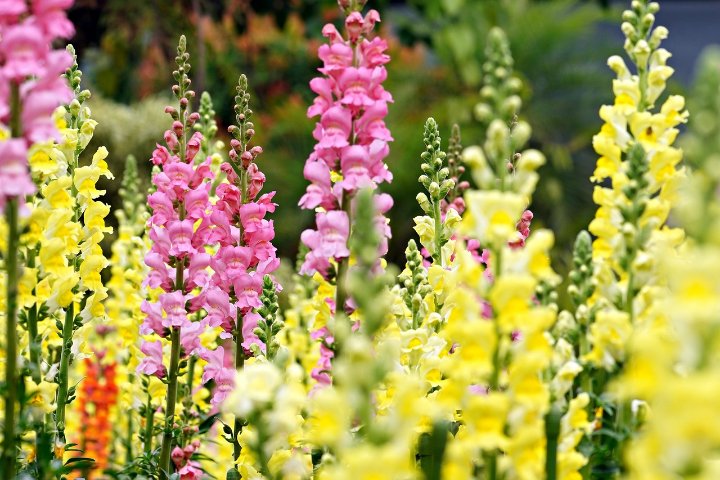
Snapdragons are known for their unique flower heads and ability to tolerate summer temperatures. In July, you can transplant nursery-grown snapdragon seedlings into your garden. They prefer well-drained soil and full sun, offering delightful colors that bloom from summer well into fall.
Lavender

Lavender, when planted in July, can establish itself before the cooler months arrive. This perennial thrives in well-drained soil with plenty of sun exposure. Space plants at least 2 feet apart to allow for adequate air circulation. As a bonus, lavender is drought-tolerant once established and provides a delightful fragrance and beautiful blooms.
Herbs To Plant
Herbs are versatile garden additions that can thrive well in Zone 8b during July. Here are ten splendid herb options to consider planting this month.
Basil
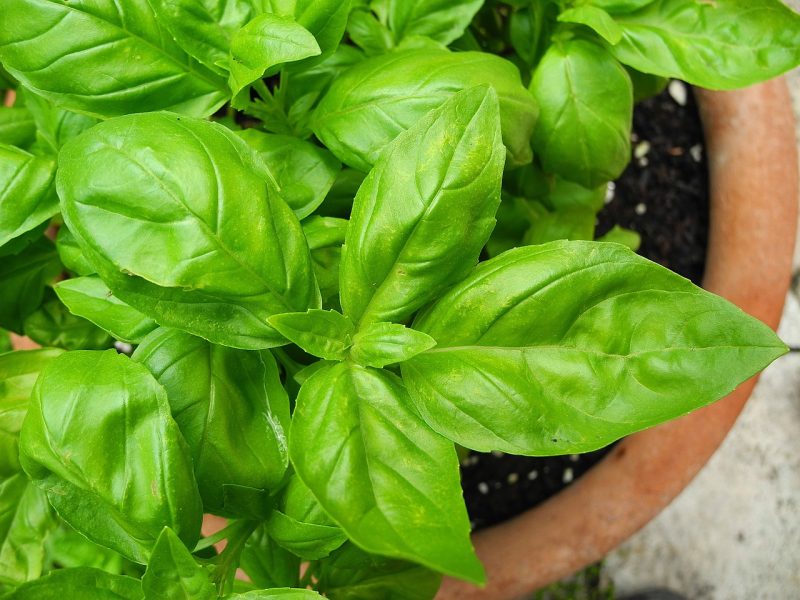
Basil is a quintessential summer herb that eagerly awaits the heat. Plant it in rich, well-drained soil after the last frost in late spring. Sow seeds ¼ inch deep, spacing them about 12 inches apart. Regular harvesting encourages bushier growth, and fresh basil can elevate your culinary creations throughout the summer.
Dill
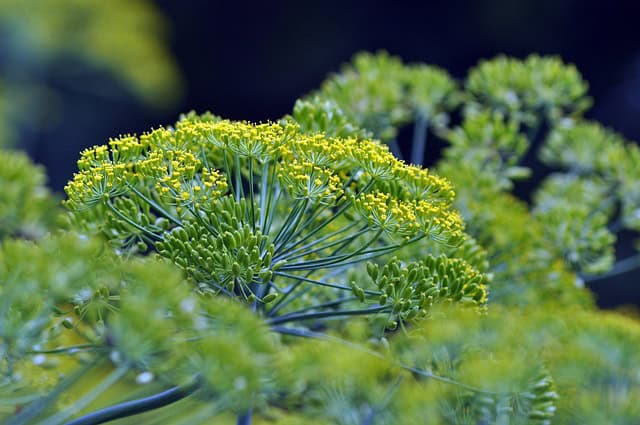
Dill is an annual herb that can be sown directly into the ground in July. It thrives in well-drained soil with full sun exposure. Plant seeds ¼ inch deep and space them about 18-24 inches apart. Dill not only enhances your dishes but also attracts beneficial insects to the garden.
Cilantro
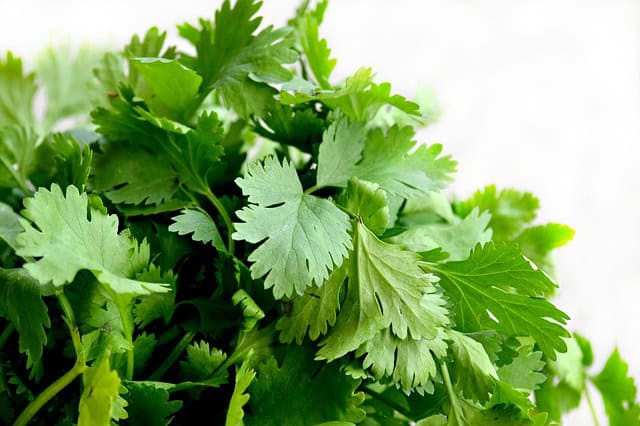
Cilantro can flourish in the warmer months and be planted in July for a late summer harvest. These plants prefer moderate sunlight and well-drained soil. Seeds can be sown ¼ inch deep, spaced about 6 inches apart. Remember that cilantro tends to bolt when temperatures rise, so monitor them closely.
Oregano
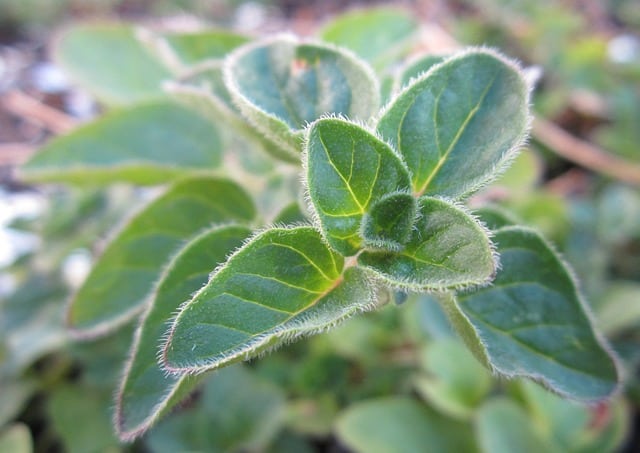
Oregano is a perennial herb that thrives in Zone 8b’s heat. Whether starting from seed or transplanting established plants, ensure they receive plenty of sunlight. Space them at least 12 inches apart. Once established, oregano can provide fresh flavor to your dishes and can be dried for preservation.
Parsley
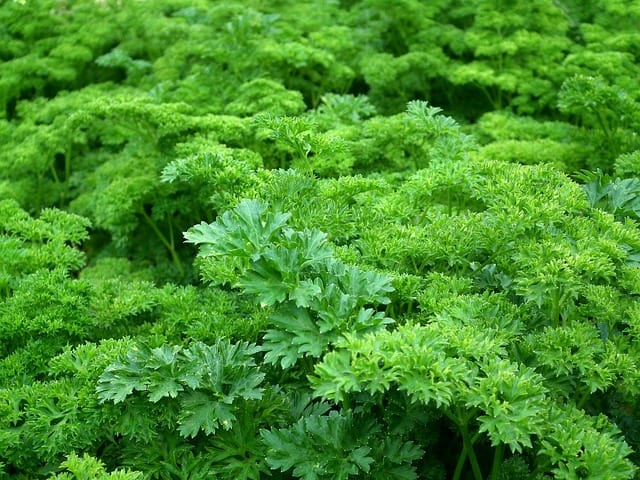
Parsley can be planted in July as both an annual and biennial herb. It thrives in full sun or partial shade, preferring rich, well-drained soil. Seeds should be sown ¼ inch deep and spaced about 10 inches apart. Parsley is slow to germinate but well worth the wait, providing a fresh garnish for many dishes.
Thyme
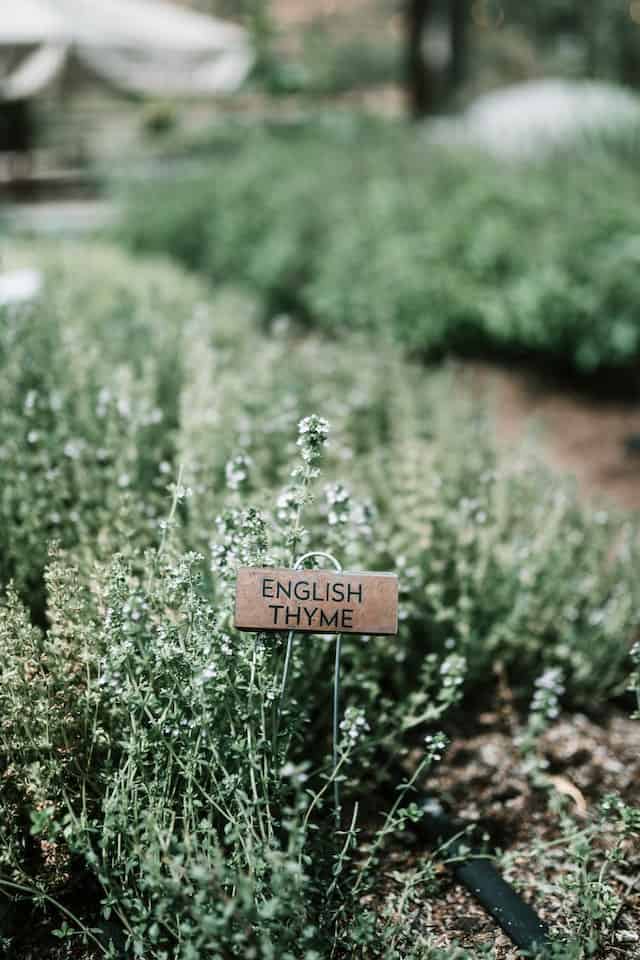
Thyme is a low-maintenance perennial herb that does well in warmer climates. In July, you can plant seeds or established plants, spaced about 12 inches apart. Thyme thrives in well-drained soil and full sun, and it’s a fantastic culinary herb that can be incorporated into a wide range of dishes.
Chives

Chives, another perennial herb, can be planted in July as well. They prefer sunny areas and well-drained soil. Plant either seeds or starter plants, spacing them about 12 inches apart. The hollow leaves can be snipped for culinary use, and their purple flowers attract pollinators.
Fennel
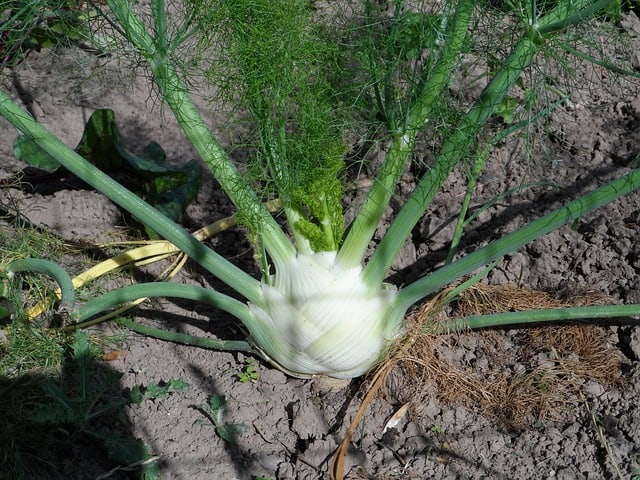
Fennel, both bulb and herb varieties, can be planted in July. They prefer rich, well-drained soil and should be spaced 12-18 inches apart to allow for their growth. Fennel is a flavorful addition to salads and can also attract beneficial insects, adding biodiversity to your garden.
Rosemary
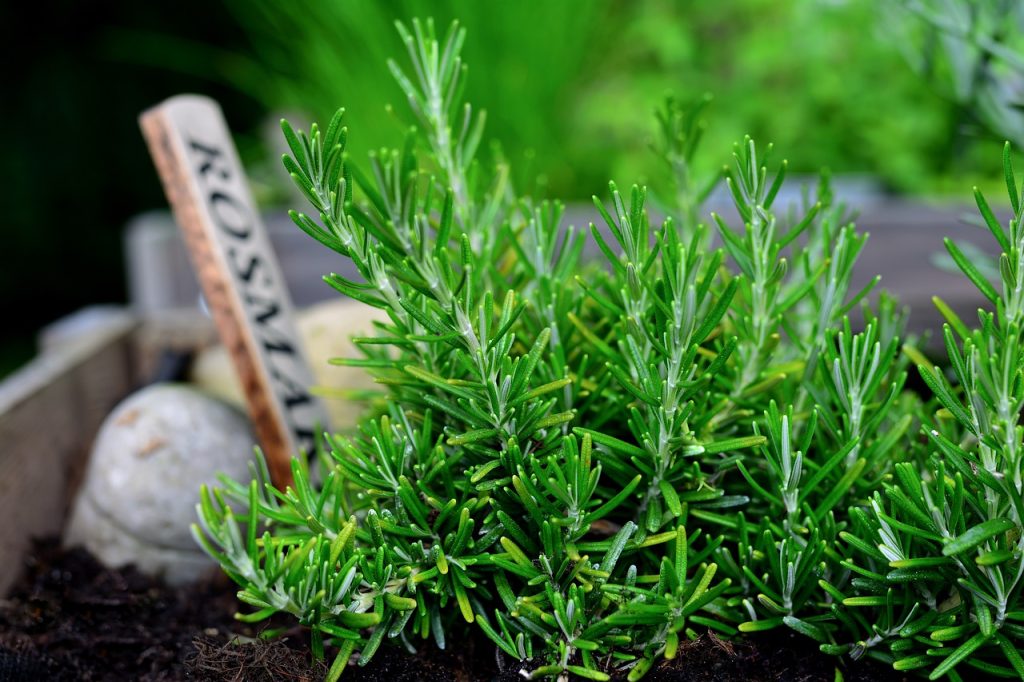
Rosemary is a drought-tolerant perennial herb that you can plant in July. It thrives best in well-drained soil and full sun, so ensure proper drainage to prevent root rot. Space them at least 2 feet apart. Once established, rosemary can provide fresh herbs year-round and is also a beautiful landscaping plant.
Mint
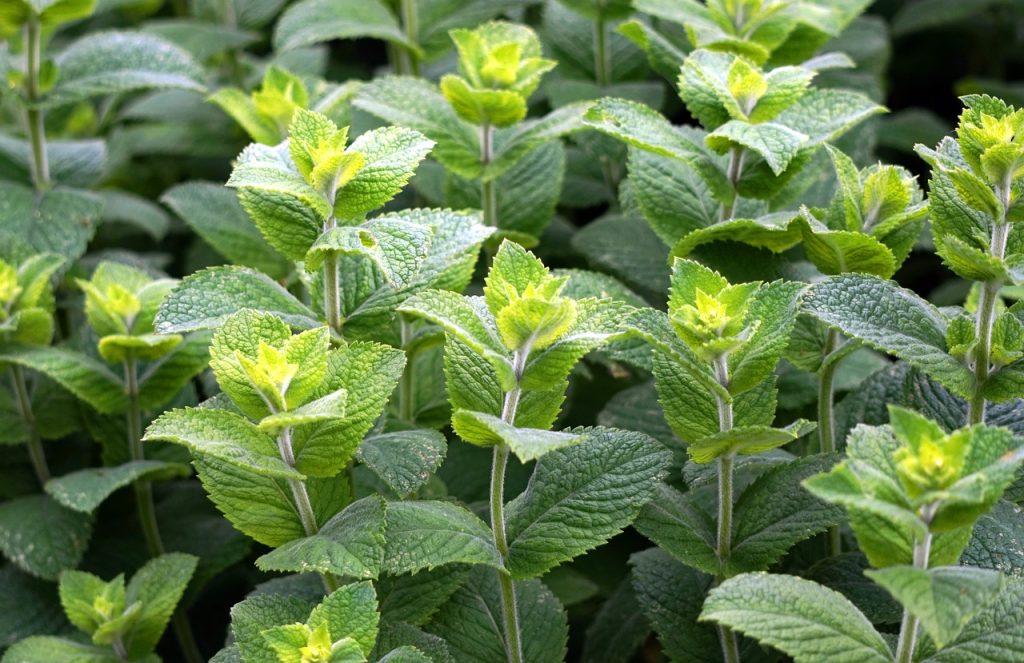
Mint can be aggressively invasive, so consider planting it in a pot or assigning it a defined area in your garden. It prefers partial shade but can handle full sun if watered adequately. Plant stems or seeds about 12 inches apart. Fresh mint not only enhances culinary dishes but also provides aromatic bouquets.
Landscape Plants To Plant
Transforming your outdoor space involves choosing the right landscape plants that thrive in July’s summer conditions. Here are ten landscape plants suitable for planting in Zone 8b.
Knock Out Roses
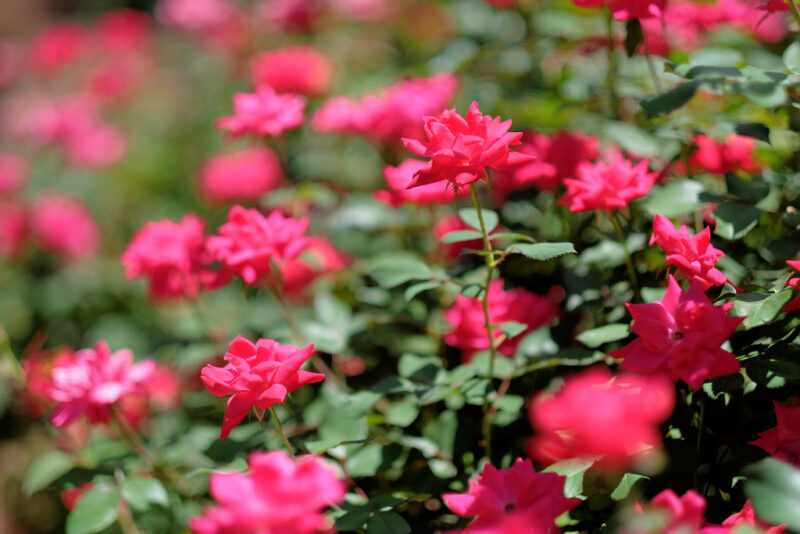
Knock Out Roses are renowned for their resilience and bloom cycle. They can be planted in July in well-drained soil with full sun exposure. Space them about 3 feet apart. These bushes provide continuous, colorful blooms all summer long, making them an excellent choice for any landscape.
Crepe Myrtle
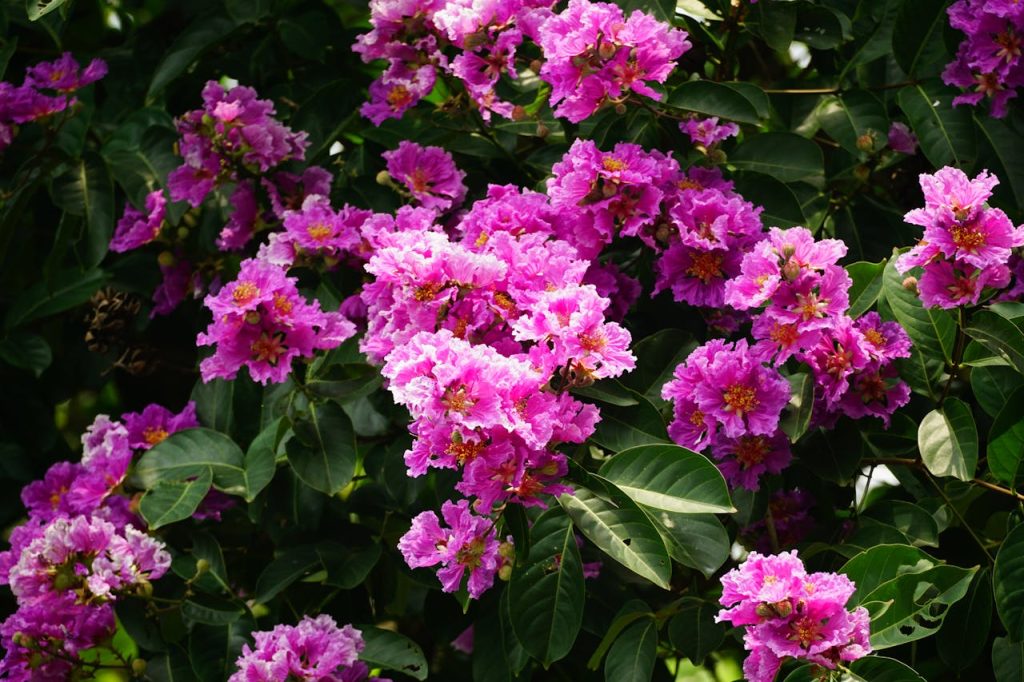
Crepe Myrtle is a beloved flowering tree that flourishes in the heat of summer. Plant them in well-drained soil and full sun, spacing them according to their mature size (up to 20 feet). These trees provide stunning blooms in various colors and feature attractive bark, adding year-round interest to your garden.
Agapanthus

Agapanthus, also known as African Lily, thrives in warmer temperatures. Plant these beautiful perennials in well-drained soil where they can receive full sun. They add dramatic blue or white flowers to your landscape during summer and can spread if conditions are right.
Daylilies
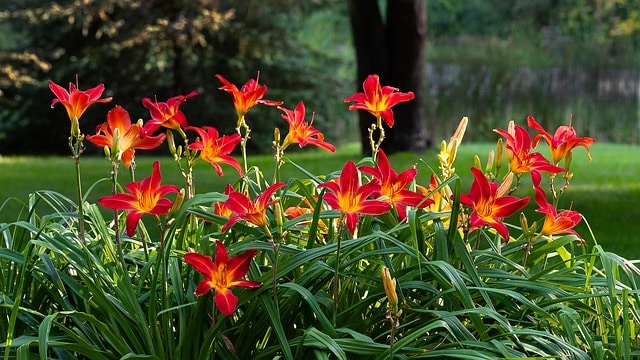
Daylilies are hardy perennials suitable for planting in July. They perform admirably in a variety of soils, preferring well-drained conditions. Space plants about 18 inches apart, and they will reward you with vibrant blooms and lush foliage during the growing season. Daylilies come in many colors and are drought-tolerant once established.
Coneflower (Echinacea)
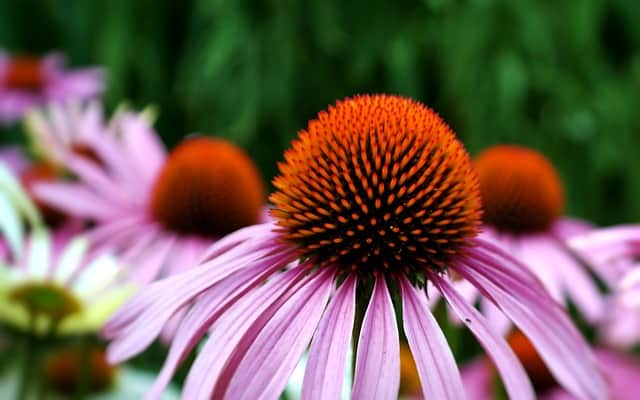
Coneflowers are tough perennials that thrive in hot summer months. They grow well in well-drained soil and can tolerate drought, making them perfect for Zone 8b. Plant them 24-30 inches apart. Their striking, daisy-like flowers not only add beauty but also attract pollinators.
Hellebores
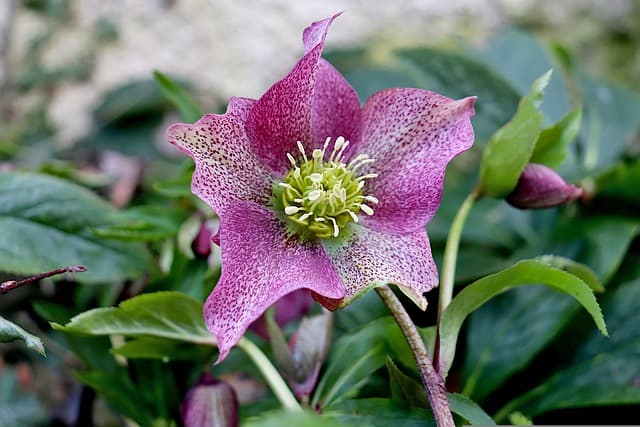
Hellebores have become increasingly popular in landscape design due to their evergreen foliage and stunning early blooms. While July isn’t the typical planting time, it’s suitable for establishing nursery plants in Zone 8b as they acclimate well. Space them about 18 inches apart to allow room for their growth.
Boxwood
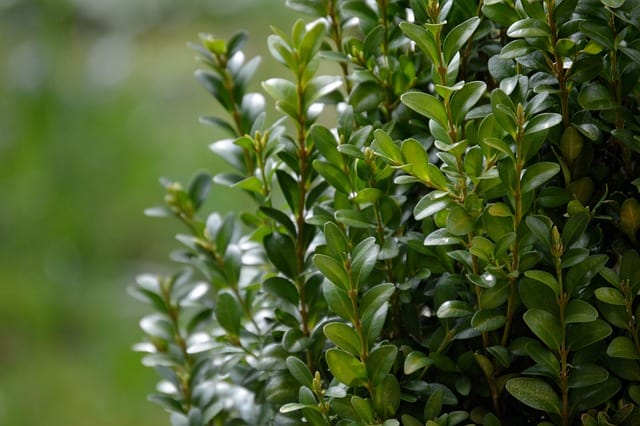
Boxwoods are evergreen shrubs that can be planted as hedges or standalone specimens in Zone 8b during July. They prefer slightly acidic, well-drained soil and full or partial sun. Space them based on desired density, as they can grow up to several feet tall and wide.
Japanese Maple

Japanese Maples are stunning trees renowned for their foliage. July is acceptable for planting nursery trees while ensuring they receive sufficient moisture. They thrive in well-drained soil and enjoy partial shade. Plant them with enough space to allow for their mature size, which can vary greatly.
Liriope
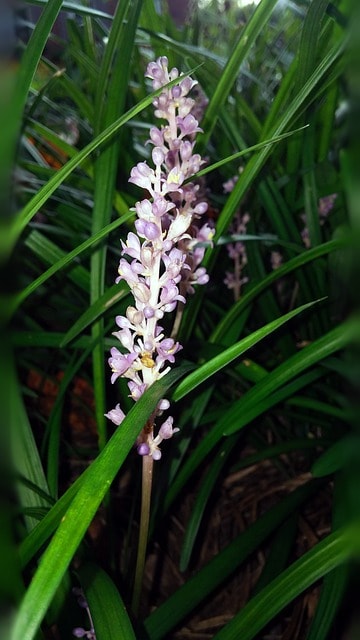
Liriope, or monkey grass, is a resilient ground cover that grows well in various conditions, including partial shade. Plant Liriope in well-drained soil and space them about 12-18 inches apart. This low-maintenance plant produces lovely purple flower spikes and adds texture to your landscape.
Sedum

Finally, sedum is a hardy succulent that does well in heat and drought. They prefer full sun and well-drained soil. Space them about 12 inches apart, and they will produce delightful flowers and foliage. Sedums are perfect for adding low-maintenance charm to any garden, thriving even in dry conditions.


